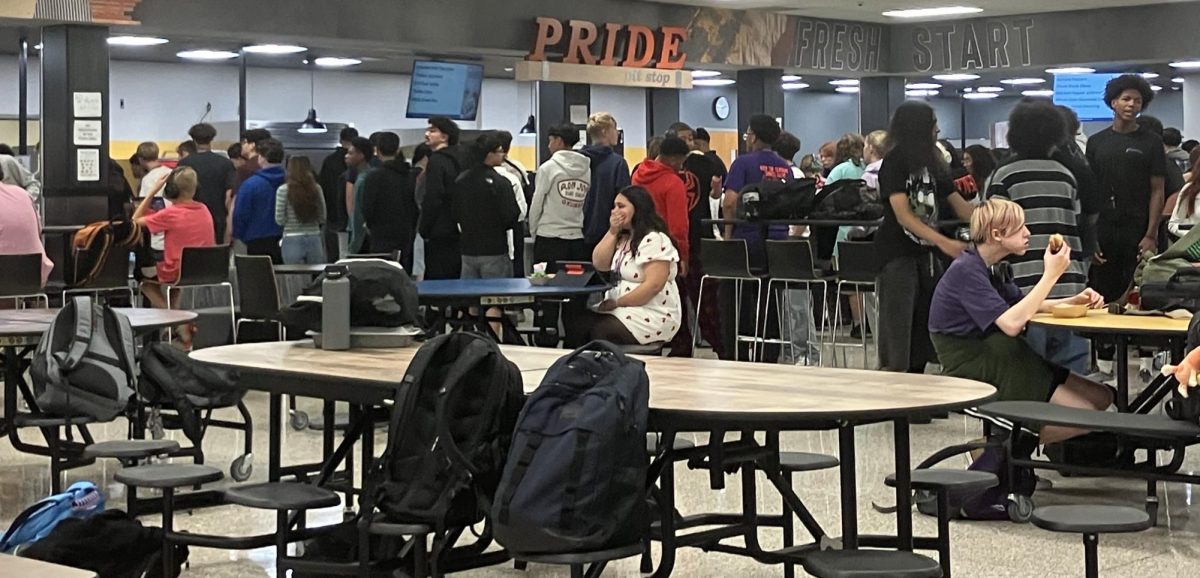March 2020 seems like a lifetime ago. Yet, it is still a gauge by which many remember events in their lives. Monumental events tend to do that–and four years ago, that event was COVID-19.
As the anniversary of the pandemic creeps in each year, people begin posting information on how life feels post-COVID. One might think that life should be return to normal; in fact, more and more believe their lives will never be the same, especially when it comes to jobs. Sophomore Miranda Camacho-Flores was just in seventh grade at the time. But, she can see how the lack of jobs continues to affect those right in her community. “Seeing many people go around looking for jobs is so sad–knowing they might be struggling because they can’t get money in any way.” Camacho-Flores questions if this trend will ever go away. And, if it does, will it be in time to assist those currently suffering financially?
Surprisingly, Elkhart’s unemployment is below both state and national rates, which makes one wonder why people feel as though they have no money in the bank. In fact, Elkhart is at 3.2% unemployment, which is slightly under the 3.5% state rate. Nationally, the rate is hovering right below 4%. Therefore, there must be more than just unemployment affecting household incomes.
One factor is that the cost of living increase for the past 12 months has risen slightly–currently at 3.2%, with new statistics set to release in April. If one’s income doesn’t increase at the same rate, then it is indisputable that they cannot purchase as much with the same amount of money. Their buying power is reduced. Looking at fast food menu prices may help paint a clearer picture. In 2021, reports indicate that prices rose 8%. They rose 6.6% in 2022, and another 6% in 2023. National chains, such as McDonald’s, raised their prices 10% last year, with an expected 10% again this year. To put that in consumable terms, what cost $4.89 last year is up to $5.69, according to the Bloomberg Report. The report goes on to highlight a case in Connecticut recently where a Big Mac Meal cost a whopping $18. So, a family of four going to that fast-food joint could expect to pay $72. It used to be that fast-food and cheap were synonymous, but not any longer.
Another factor is that some who lost their jobs have, in deed, found new ones. However, their new positions pay only a fraction of what they had previously been making. Thus, as prices keep rising and salaries do not, the discrepancy between them gets wider and wider. The solution, however, is not just to increase the minimum wage. While Indiana’s minimum wage is set at the national standard of $7.25, Illinois boosted theirs to $14. California, however, outdid them all, going all in at $20 per hour. The end result is that product prices will be increased and staff decreased to cover that cost.
It would appear that the United States is caught in a no-win situation with no end in sight. The only victory Americans might see is a growing trend in Victory Gardens to put food on their tables. If only society would agree to hit a reset button before this ballooning economy all explodes. But, the chances of that are as slim as world reserving its orbit.


























